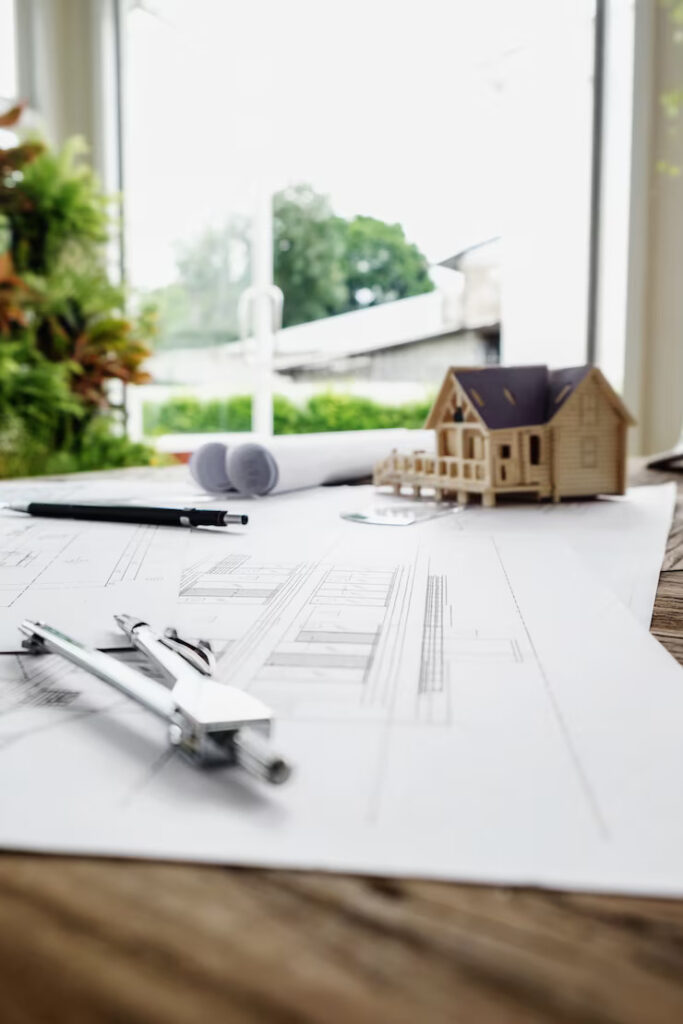Economic fluctuations are a defining feature of the construction and design industry, shaping not only the volume of work but also the nature, ambition, and feasibility of architectural designs. As we move through 2025, architects and their clients are navigating a landscape marked by inflation, supply chain volatility, shifting interest rates, and changing regulatory environments. These economic variables have a direct and profound impact on the viability of architectural projects, influencing everything from design choices to project delivery timelines.
Impact on Project Funding and Client Confidence
One of the most immediate effects of economic uncertainty is on project funding. When the economy is volatile, clients—whether private developers, corporations, or public entities—often delay or scale back investments in new construction. The American Institute of Architects (AIA) notes that 2024 was a challenging year for architecture firms, with many reporting the softest period of billings since the pandemic. While there are signs of stabilization and even some optimism for 2025, many firms believe the economy needs further correction before workloads and project pipelines fully rebound. This uncertainty can lead to projects being put on hold, downsized, or cancelled altogether, directly affecting the feasibility of ambitious or innovative architectural designs.
Rising Material and Construction Costs
Inflation and supply chain disruptions are driving up the cost of materials and construction. Reports from industry leaders highlight that inflationary pressures and ongoing volatility in supply chains are increasing both material and construction expenses. For architects, this means that designs conceived during periods of economic stability may become financially unviable when costs surge unexpectedly. Clients may request value engineering—modifying designs to use less expensive materials or simplify construction methods—to keep projects within budget. As a result, the original vision for a project may be compromised, with architects needing to balance creativity and quality against economic constraints.
Looking for an architecture company in India that offers everything from conceptual design to construction documents? Reach out to Designheed today.
Influence of Interest Rates and Financing
Interest rates play a crucial role in determining the affordability of construction loans and mortgages. When rates rise, borrowing becomes more expensive, which can dampen demand for new projects, especially in the commercial and residential real estate sectors. For architecture firms, higher interest rates can mean fewer projects moving forward and increased pressure to deliver cost-effective, efficient designs that justify investment. Conversely, falling interest rates can stimulate new development, but the benefits may be offset if inflation and material costs remain high.
Regulatory Changes and Market Adaptation
Economic fluctuations often prompt changes in government policy and regulation. For example, periods of economic stress may lead to increased tariffs, stricter immigration policies, or new environmental standards, all of which can impact the cost and complexity of architectural projects. Architects must stay agile, adapting their designs to comply with evolving regulations while still meeting client needs. This may require rethinking material choices, incorporating more sustainable features, or finding innovative solutions to regulatory challenges—all of which can affect project viability.
Shifting Client Expectations and Project Types
Economic cycles also influence the types of projects that are viable and in demand. In times of uncertainty, there is often a shift toward adaptive reuse, refurbishment, and value-add investments rather than new, ground-up construction. Clients may prioritize flexibility, sustainability, and long-term value over bold architectural statements. This trend is reflected in the growing focus on people-centric, sustainable, and adaptable design solutions that can weather economic ups and downs. Architects who can anticipate and respond to these shifting demands are better positioned to maintain project viability in a fluctuating economy.
Do you need detailed modeling and drafting from a reputable architectural modeling services provider in India? Talk to the experts at Designheed. Visit here https://www.designheed.com
Construction Starts and Sector-Specific Trends
Data from 2024 and early 2025 shows that construction starts—a leading indicator of construction spending—have slowed, particularly in sectors like manufacturing, while commercial and institutional starts have seen only modest growth. This uneven recovery means that architects working in certain sectors may face more challenges than others. Those specializing in commercial or institutional projects may see more opportunities, while those focused on manufacturing or speculative development could experience a slowdown.
Innovation, Technology, and Futureproofing
Economic uncertainty can also be a catalyst for innovation. As cost control becomes a top priority, architects are increasingly leveraging new technologies—such as AI, BIM, and modular construction—to deliver more efficient, adaptable, and sustainable designs. Firms that invest in technology and process innovation are better equipped to navigate economic headwinds and maintain the viability of their designs, even when external conditions are challenging.
Conclusion
Economic fluctuations deeply influence the viability of architectural designs, shaping what gets built, how it is built, and who is willing to invest. Rising costs, shifting regulations, and changing client priorities require architects to be more flexible, resourceful, and innovative than ever before. While periods of economic uncertainty present real challenges, they also create opportunities for architects to rethink design strategies, embrace new technologies, and deliver value-driven, resilient solutions that stand the test of time. In this landscape, the most successful architectural practices are those that can adapt quickly, manage risk, and align their creative vision with the realities of the economic environment.
Follow these links as well
https://www.designheed.com/architectural/
https://www.designheed.com/architectural-computer-aided-drafting-cad/
https://www.designheed.com/architectural-bim/
https://www.designheed.com/3d-architectural-rendering/
https://www.designheed.com/3d-architectural-walkthrough/
https://www.designheed.com/3d-modeling/
https://www.designheed.com/point-cloud-modeling/
https://www.designheed.com/construction-documentation/


